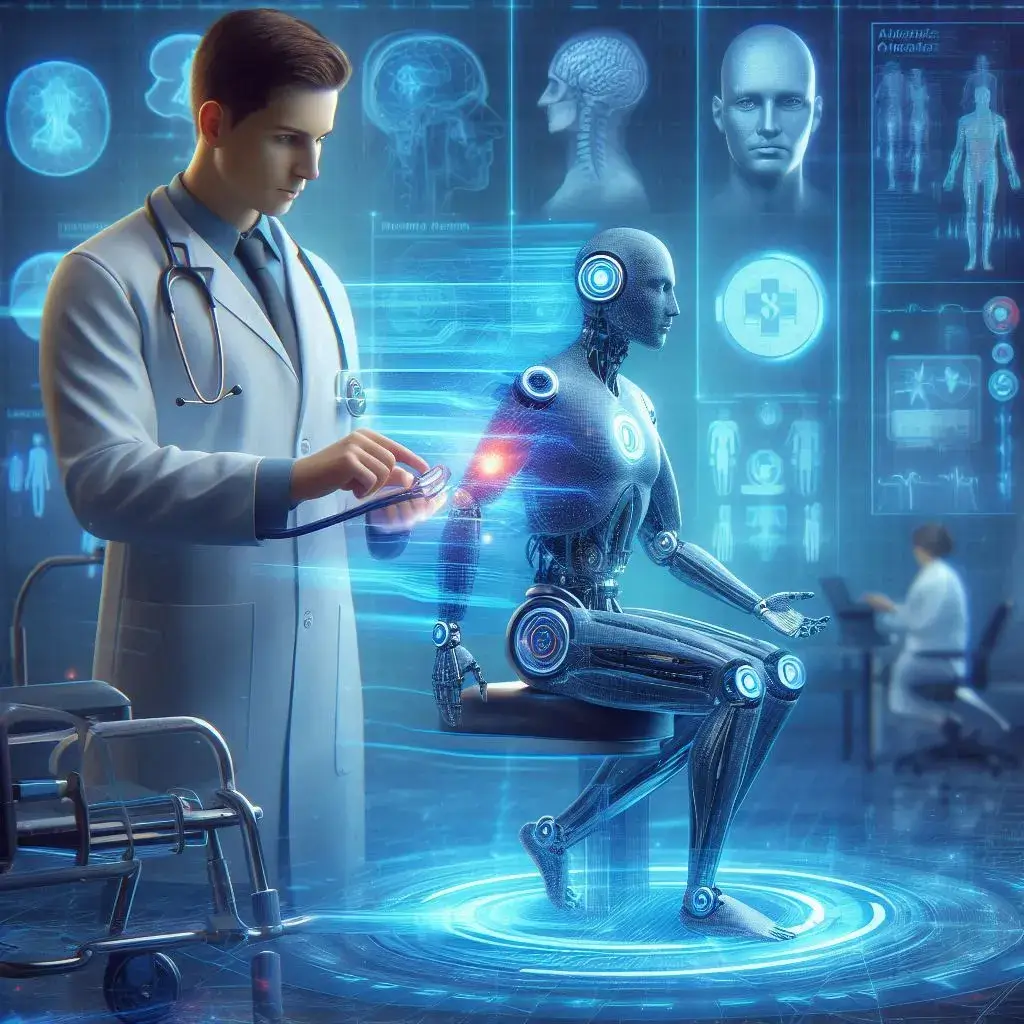The healthcare industry is witnessing a significant transformation in how medical documentation is handled during patient visits. AI medical scribes are emerging as a breakthrough technology that automates the documentation process, allowing healthcare providers to focus more on patient care. This innovative solution is reshaping the traditional doctor-patient dynamic and streamlining clinical workflows across medical practices.
The Challenge of Documentation in Modern Healthcare
For years, physicians have struggled with the growing burden of medical documentation. Studies show that doctors spend nearly half their workday on electronic health records (EHR) documentation rather than direct patient care. This administrative overhead not only contributes to physician burnout but also diminishes the quality of patient interactions.
Traditional solutions, like human medical scribes, have helped but come with limitations: high costs, training requirements, and scheduling complexities. Enter AI medical scribes – sophisticated software that automatically documents patient encounters in real-time.
How AI Medical Scribes Work

LLM-based medical scribes function as virtual assistants during medical appointments, actively listening to conversations between doctors and patients. Using advanced Artificial Intelligence such as large language models (LLMs), these systems:
- Capture and transcribe the entire medical encounter
- Extract relevant clinical information
- Organize data into structured medical notes
- Automatically populate the appropriate sections of the EHR
The technology has become remarkably sophisticated, capable of understanding medical terminology, identifying key symptoms and diagnoses, and even detecting nuances in patient-doctor conversations.
Benefits for Healthcare Providers
The impact of AI scribes on healthcare delivery is multifaceted. For physicians, the benefits include:
Reduced Administrative Burden: By automating documentation, doctors can spend less time on paperwork and more time with patients. This reduction in clerical work helps prevent burnout and increases job satisfaction.
Enhanced Accuracy: AI scribes maintain consistent documentation standards and reduce the risk of human errors that can arise from human fatigue or memory limitations.
Real-time Documentation: Notes are generated during the visit, eliminating the need for after-hours documentation. This means physicians can review and finalize notes more quickly, improving work-life balance.
Cost Effectiveness: Compared to human scribes, AI solutions are often more cost-effective and don’t require scheduling or management overhead.
Improving the Patient Experience
For patients, the benefits of AI medical scribes are equally significant:
More Meaningful Interactions: When doctors aren’t tethered to their computers, they can maintain better eye contact and non-verbal communication with patients. This leads to more engaging and empathetic interactions.
Better Information Retention: AI scribes capture detailed conversations that might otherwise be missed or forgotten. This comprehensive documentation helps ensure that important details about symptoms, concerns, and treatment plans are preserved.
Increased Transparency: Many AI scribe systems can generate patient-friendly summaries of visits, helping individuals better understand and remember their medical discussions and instructions.
Faster Follow-up: With documentation completed in real-time, follow-up instructions, prescriptions, and referrals can be processed more quickly.
The Future of AI Scribes in Healthcare
As artificial intelligence continues to evolve, we can expect AI medical scribes to become even more sophisticated. Future developments may include:
Predictive Analytics: AI scribes could analyze patterns in patient data to suggest potential diagnoses or treatment options based on similar cases.
Integration with Wearable Devices: Automatic incorporation of data from patients’ health monitoring devices could provide a more complete picture of their health status.
Improved multilingual Capabilities: Advanced language processing could help bridge communication gaps in healthcare settings where language barriers exist.
Implementation Success Stories
Healthcare organizations adopting AI medical scribes are reporting impressive results across various metrics. Major health systems implementing this technology have documented:
Increased Patient Satisfaction: Medical centers using AI scribes report higher patient satisfaction scores.
Improved Provider Well-being: Physicians using AI scribes report spending more time with family and less time completing paperwork after hours. Many describe feeling more energized and engaged during patient interactions.
Enhanced Clinical Efficiency: Practices have noted shorter wait times and increased patient throughput without sacrificing quality of care.
Making the Most of AI-Enhanced Visits
For patients experiencing AI-scribed medical visits for the first time, here are some tips:
- Speak naturally and clearly during your appointment
- Don’t hesitate to ask questions or request clarification
- Review your visit summary for accuracy
- Provide feedback about your experience to help improve the system
Conclusion
AI medical scribes represent a significant step forward in healthcare delivery, offering benefits for both providers and patients. By reducing the documentation burden on physicians, these systems enable more meaningful doctor-patient interactions while maintaining accurate and comprehensive medical records. As the technology continues to evolve, we can expect AI scribes to play an increasingly important role in improving healthcare delivery and patient outcomes.
The future of healthcare looks promising with AI scribes helping to restore the human connection in medical encounters while ensuring efficient and accurate documentation. As patients, we can look forward to more engaging and productive visits with our healthcare providers, knowing that the documentation is being handled seamlessly in the background.


